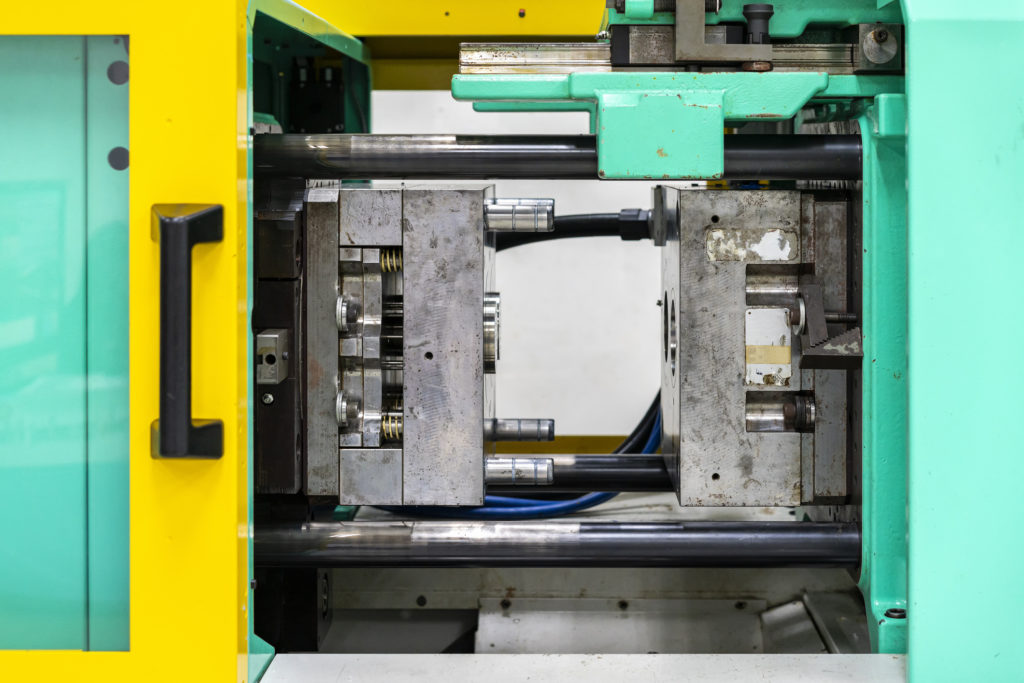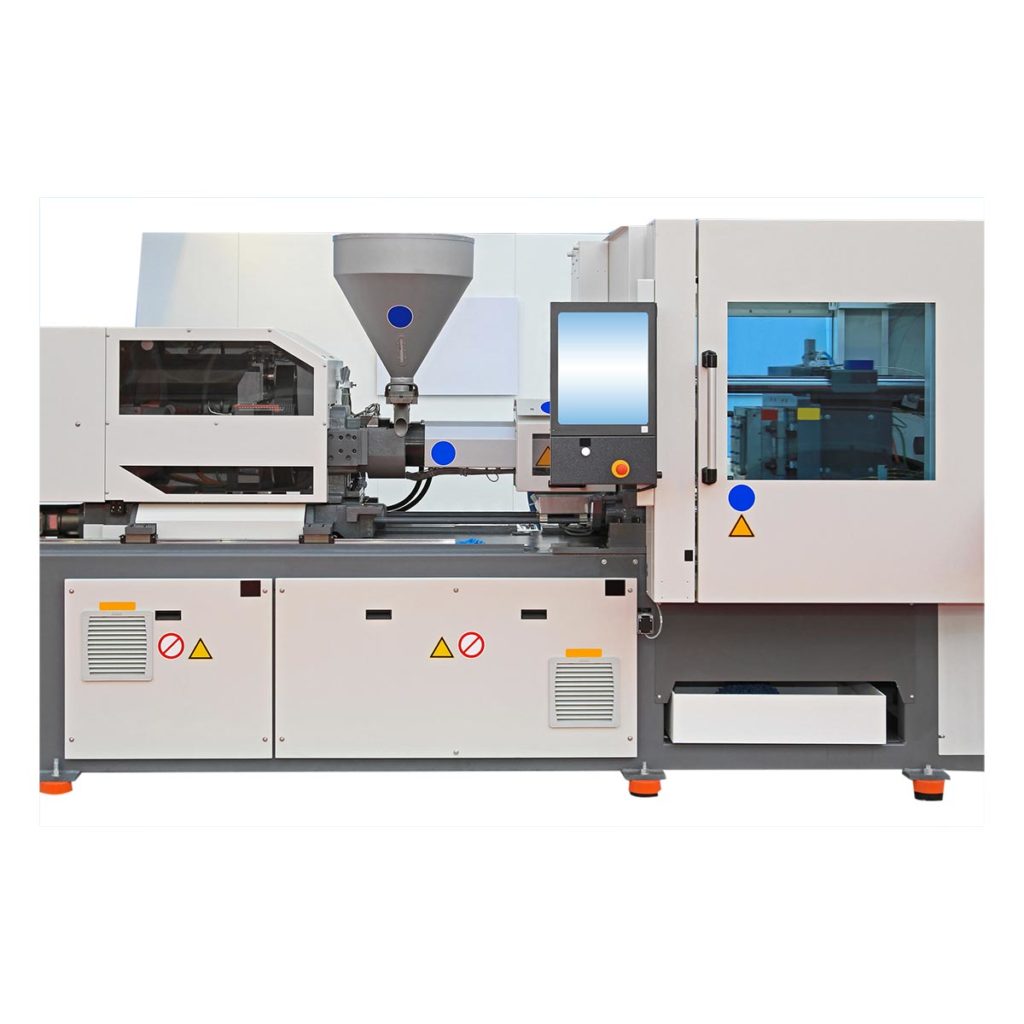Exactly How Plastic Injection Molding Makes Sure Consistency and Accuracy in Production
Exactly How Plastic Injection Molding Makes Sure Consistency and Accuracy in Production
Blog Article
Recognizing the Basics of Plastic Shot Molding Processes
Plastic injection molding functions as a keystone of contemporary production, giving a methodical technique to generating complicated components with precision. This process not just incorporates the fundamental steps of melting and injecting products right into molds but also entails a nuanced understanding of various affecting aspects, such as temperature and pressure. As sectors significantly demand efficiency and high quality, the ins and outs of this technique become more vital. Discovering these essential elements could reveal how even minor adjustments can lead to significant enhancements in production outcomes, raising questions concerning the potential for innovation in this established process.
What Is Plastic Shot Molding?
Plastic shot molding is a commonly utilized manufacturing process that transforms thermoplastic and thermosetting products right into exact and complex forms. This strategy is favored for its capacity to produce high quantities of identical get rid of remarkable precision, making it an important approach in various sectors, including automobile, durable goods, and medical tools.
The process includes thawing the picked plastic material and injecting it right into a mold and mildew under high pressure. The mold, created to the specifications of the preferred component, permits the liquified plastic to take shape as it strengthens and cools down. Once the material has actually set, the mold is opened, and the completed element is expelled.
Plastic shot molding supplies several advantages, including lowered waste, uniformity in production, and the capability to include detailed layouts that may be challenging with various other making methods. Furthermore, it sustains a wide array of products, each giving unique properties that can be tailored for specific applications. As industries remain to innovate, plastic shot molding continues to be at the center, making it possible for the growth of innovative items that satisfy progressing consumer demands.
The Shot Molding Refine
The shot molding process is an advanced method that involves several key stages to generate high-quality plastic parts. Originally, plastic pellets are fed right into a warmed barrel where they are merged a thick fluid. This molten plastic is after that infused under high pressure into a precision-engineered mold and mildew, which forms the material right into the wanted type.
Once the mold and mildew is loaded, the plastic is enabled to strengthen and cool, taking the form of the mold and mildew tooth cavity. Air conditioning time is essential, as it affects the cycle time and the last properties of the shaped part. After enough air conditioning, the mold opens up, and the completed component is expelled using ejector pins.

Products Made Use Of in Shot Molding
Numerous products can be used in the shot molding process, each offering distinct residential or commercial properties that provide to details applications. One of the most generally utilized materials include thermoplastics, thermosetting plastics, and elastomers.

Thermosetting plastics, like epoxy and phenolic resins, undertake a chemical change during the healing process, leading to an inflexible, inflexible framework. These products are perfect for applications calling for high heat resistance and structural honesty, frequently utilized in electric insulators and automotive parts.
Elastomers, including silicone and rubber-based products, give flexibility and durability. Their special residential or commercial properties make them appropriate for applications that require flexibility, such as gaskets and seals.
Additionally, specialty materials like bio-based plastics and composites are getting grip for their ecological advantages and boosted performance characteristics, broadening the range of shot molding applications in different sectors. Understanding the homes of these resource materials is crucial for choosing the proper kind for certain tasks.
Benefits of Shot Molding
Injection molding stands apart as an extremely effective manufacturing process that offers various advantages for producing intricate components with accuracy. One of the most significant advantages is the capacity to develop complex styles that would be challenging or difficult to achieve with various other approaches (Plastic Injection Molding). The process permits limited resistances and in-depth features, making sure top notch elements
Additionally, shot molding is understood for its rapid manufacturing abilities, making it a perfect choice for high-volume production. Once the mold and mildew is produced, parts can be generated rapidly, reducing preparations and enhancing total efficiency. This efficiency not just lowers manufacturing costs however additionally gives a competitive side on the market.
The flexibility of products used in shot molding even more boosts its appeal. A variety of thermoplastics and thermosetting polymers can be used, enabling suppliers to choose products that best satisfy their specific demands, consisting of stamina, warmth, and flexibility resistance.
Furthermore, the procedure minimizes waste, as excess material can commonly be reused and reused. This sustainability element adds to a lowered environmental impact, making injection molding an accountable production choice. In general, the advantages of shot molding make it a recommended approach for many industries.
Aspects Affecting Item Top Quality
While countless factors can influence product quality in injection molding, comprehending these components is critical for accomplishing optimum results. Trick facets consist of product option, refining criteria, and mold and mildew layout.
Product option plays an essential duty, as various polymers show one-of-a-kind properties that affect flowability, strength, and thermal security. Poor product option can result in problems such as warping or insufficient dental filling.
Handling parameters, including cycle, pressure, and temperature level time, need to be thoroughly managed. Variations in these setups can lead to variances partly measurements and surface area finish. Excessively high temperature levels may cause destruction of the polymer, while inadequate stress can result in short shots.
Mold and mildew style is equally vital, as it click here to find out more establishes the flow of the molten plastic and the cooling procedure. Poorly made molds may bring about uneven air conditioning prices, leading to dimensional inaccuracies and residual stresses.

Conclusion
To conclude, plastic injection molding serves as a crucial manufacturing process that makes it possible for the reliable manufacturing of high-grade parts. Proficiency of the injection molding process, including the understanding of products and the impact of numerous aspects on product high quality, is vital for accomplishing optimal results. The benefits of this approach, such as cost-effectiveness and style versatility, further underscore its value throughout several sectors, strengthening visit this website its standing as a favored option for high-volume production.
Plastic injection molding offers as a foundation of contemporary manufacturing, giving a systematic method to producing intricate elements with precision.Plastic shot molding provides numerous advantages, including lowered waste, consistency in manufacturing, and the ability to incorporate detailed styles that may be testing with other manufacturing approaches (Plastic Injection Molding). As markets proceed to innovate, plastic shot molding stays at the center, allowing the development of sophisticated products that satisfy evolving consumer needs
The injection molding procedure is a sophisticated method that involves a number of vital stages to generate premium plastic parts.In final thought, plastic shot molding offers as a vital production process that allows the reliable production of top notch components.
Report this page